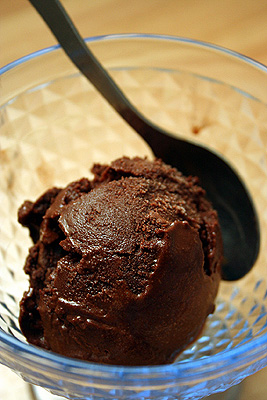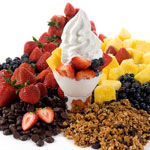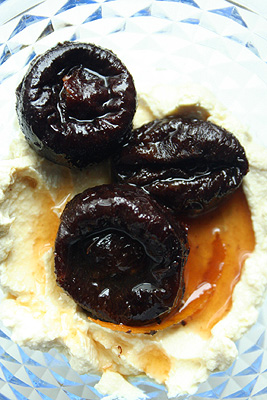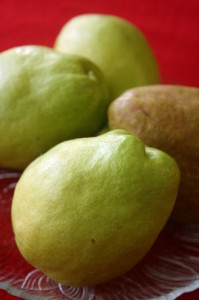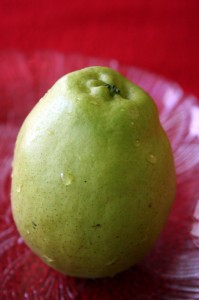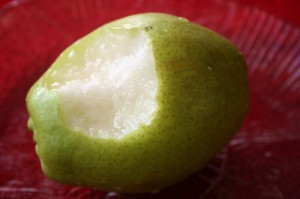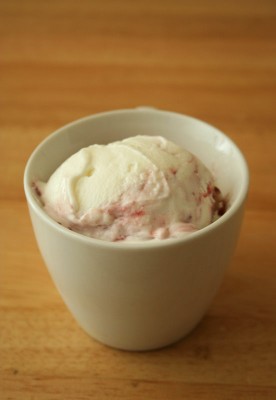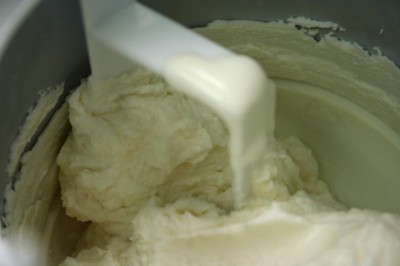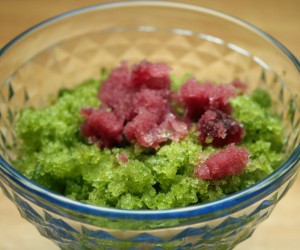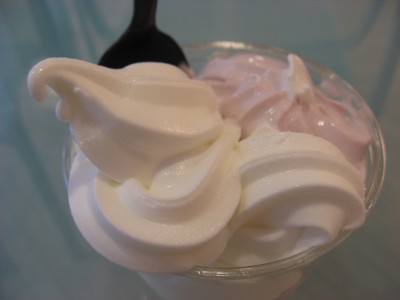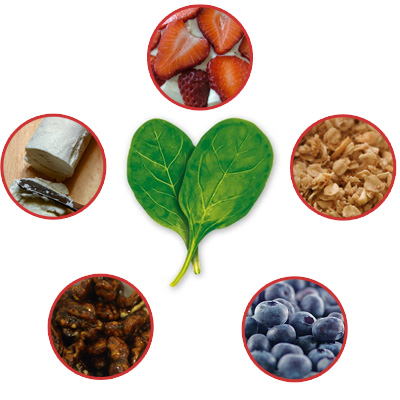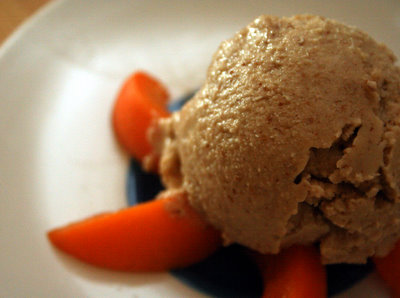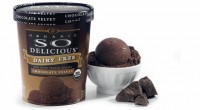Chocolate Sorbet That Makes Me Melt
For a couple years, I’ve been trying to create the perfect chocolate sorbet: an intensely flavored mixture of low-fat cocoa and water that tastes as decadent as premium ice cream. I reverse-engineered my favorite sorbet from Ciao Bella, but it melted faster than you can say “Frosty the Snowman.” Since I didn’t have the patience to tinker it, I tried other recipes that were too icy, too grainy, and too caramely.
I was about to accept defeat until Alice Medrich, author of Pure Dessert, came to the rescue. Her recipe tasted like a melted chocolate bar, but it was practically fat free. Unlike most homemade ice creams, it stayed creamy for days. Move over, Ciao Bella.
The secret to this recipe was a new spin on kitchen wisdom. Oftentimes, hot water is combined with cocoa to coax out the flavors. I failed in my previous sorbet attempts because I boiled the mixture, thinking more heat equaled more flavor. According to Alice, too much heat destroys the flavor of cocoa. You want the mixture to be hot but not cooked to death.
This tip applies to other recipes, like hot cocoa. Whenever I made hot cocoa in the past, I’d microwave the whole thing–soy milk, cocoa, and sugar–in one mug. What’s with those instructions that say, “Pour boiling water over cocoa?” Why would I want to get another pot or cup dirty? For the best chocolate flavor, you really do need two containers. Heat your milk, all alone, in one vessel. Add just enough liquid to the cocoa mixture to make a paste, and then add the rest. Some of you might want to save a cup by dumping the cocoa on top of the milk, but don’t. It will clump.
Chocolate Sorbet
Adapted from Pure Dessert by Alice Medrich
1 cup (3.25 oz) cocoa
Scant 1 cup sugar
2 tiny pinches salt
2 cups boiling water
1/4 tsp vanilla
1 1/2 tbsp rum or vodka (optional)
Combine cocoa, sugar, salt in saucepan and whisk in 1/2 cup boiling water to make a thick paste. Add the remaining water. Stir over medium heat just until tiny bubbles form at the edges of the pan. Don’t cook any longer, as the heat can damage the flavor of the cocoa.
Take the mixture off the heat and add the vanilla. Refrigerate until cold, at least 4 hours. Add the rum or vodka, if using. Freeze in an ice cream maker according to the manufacturer’s instructions. Harden the sorbet in the freezer for at least 3 to 4 hours.
Note: The flavor is so rich that you can substitute half of the water with milk.

